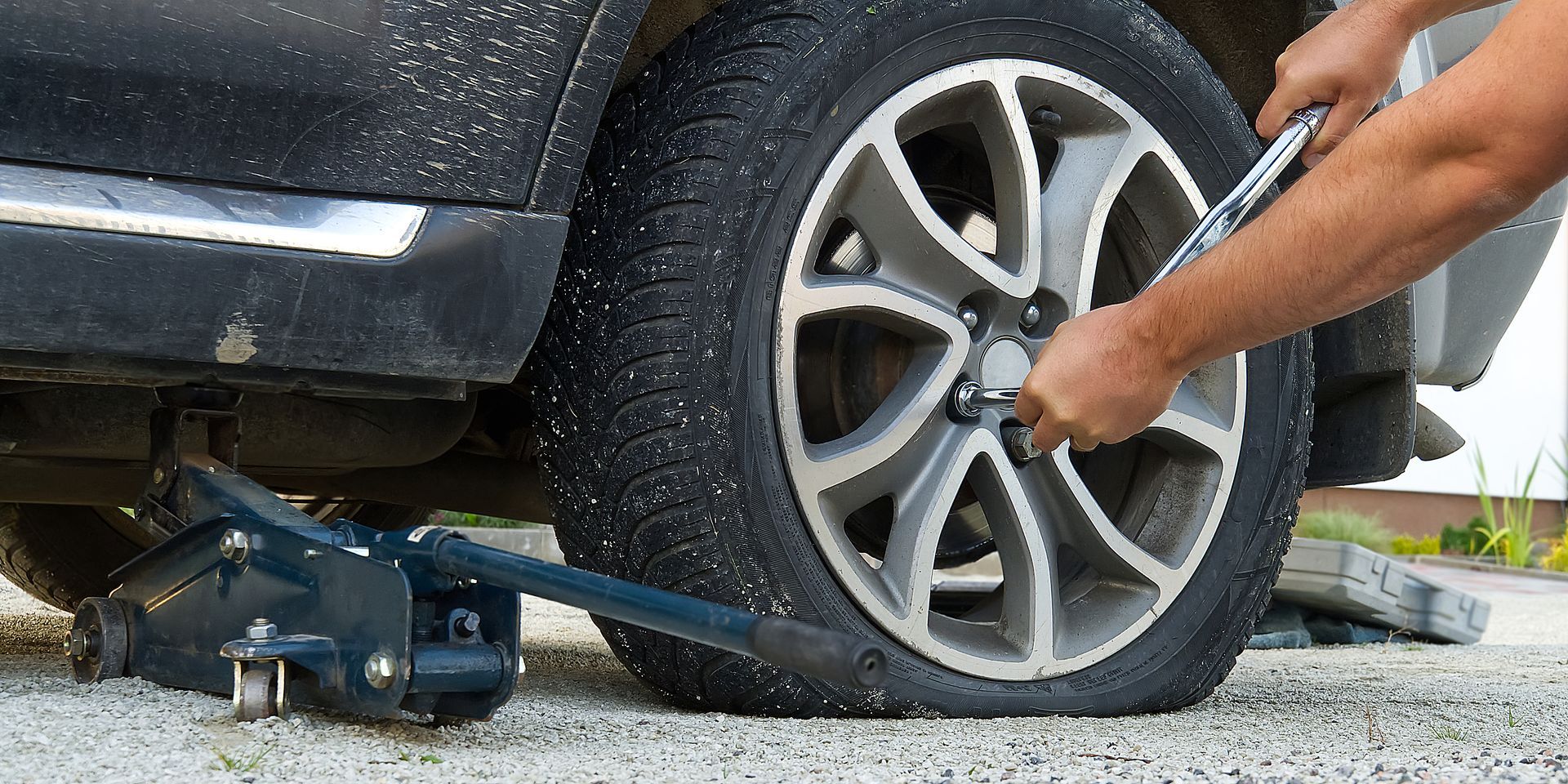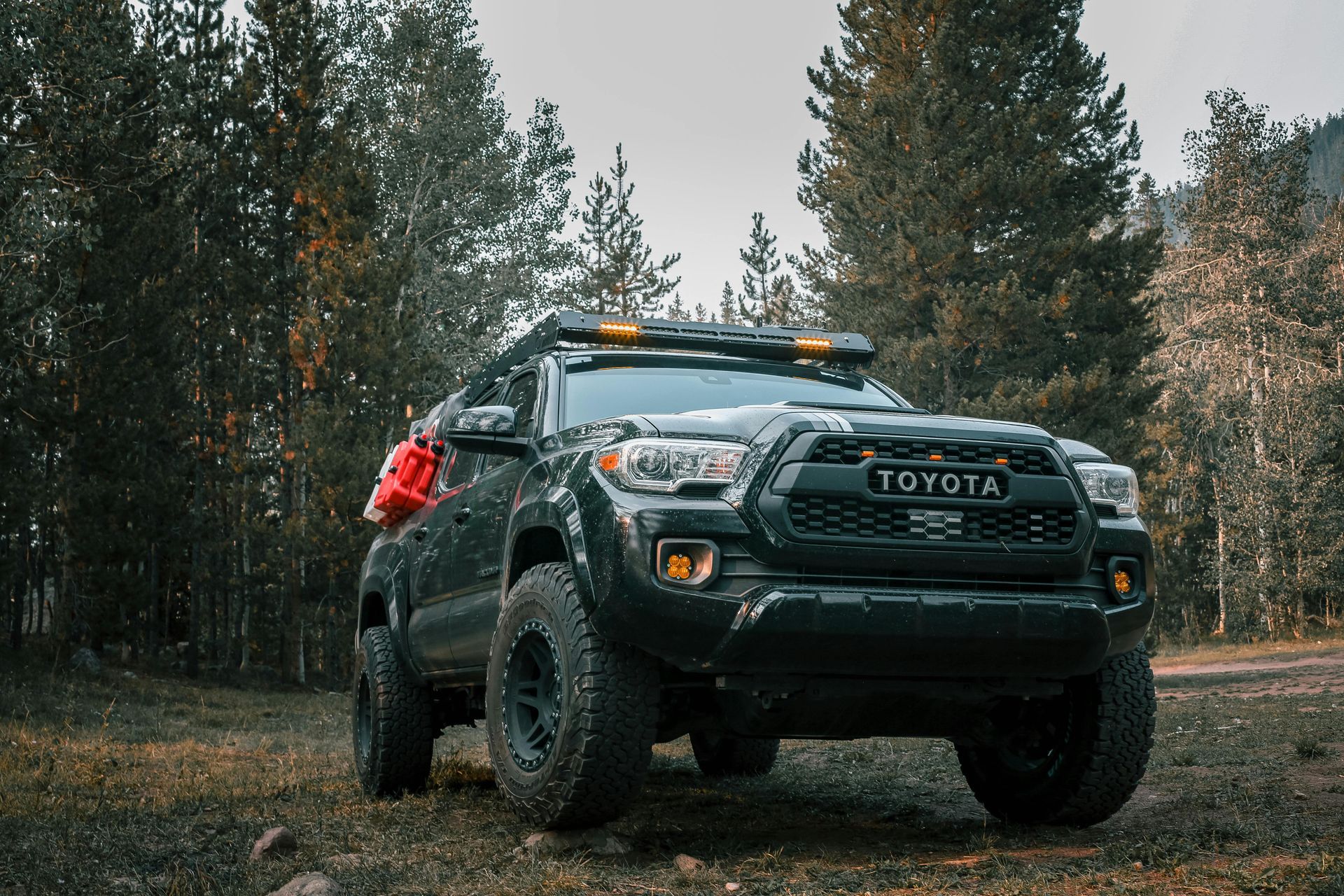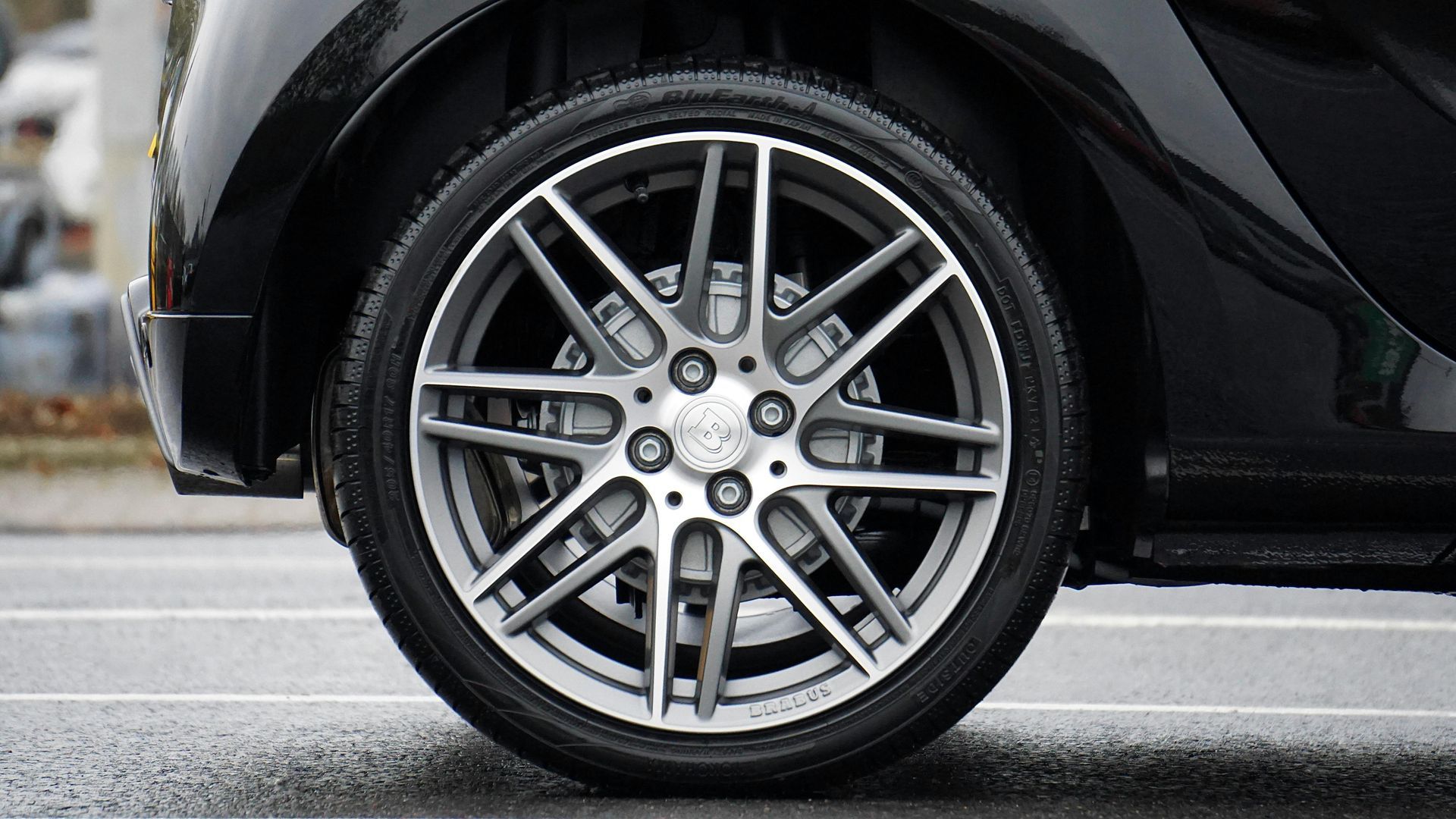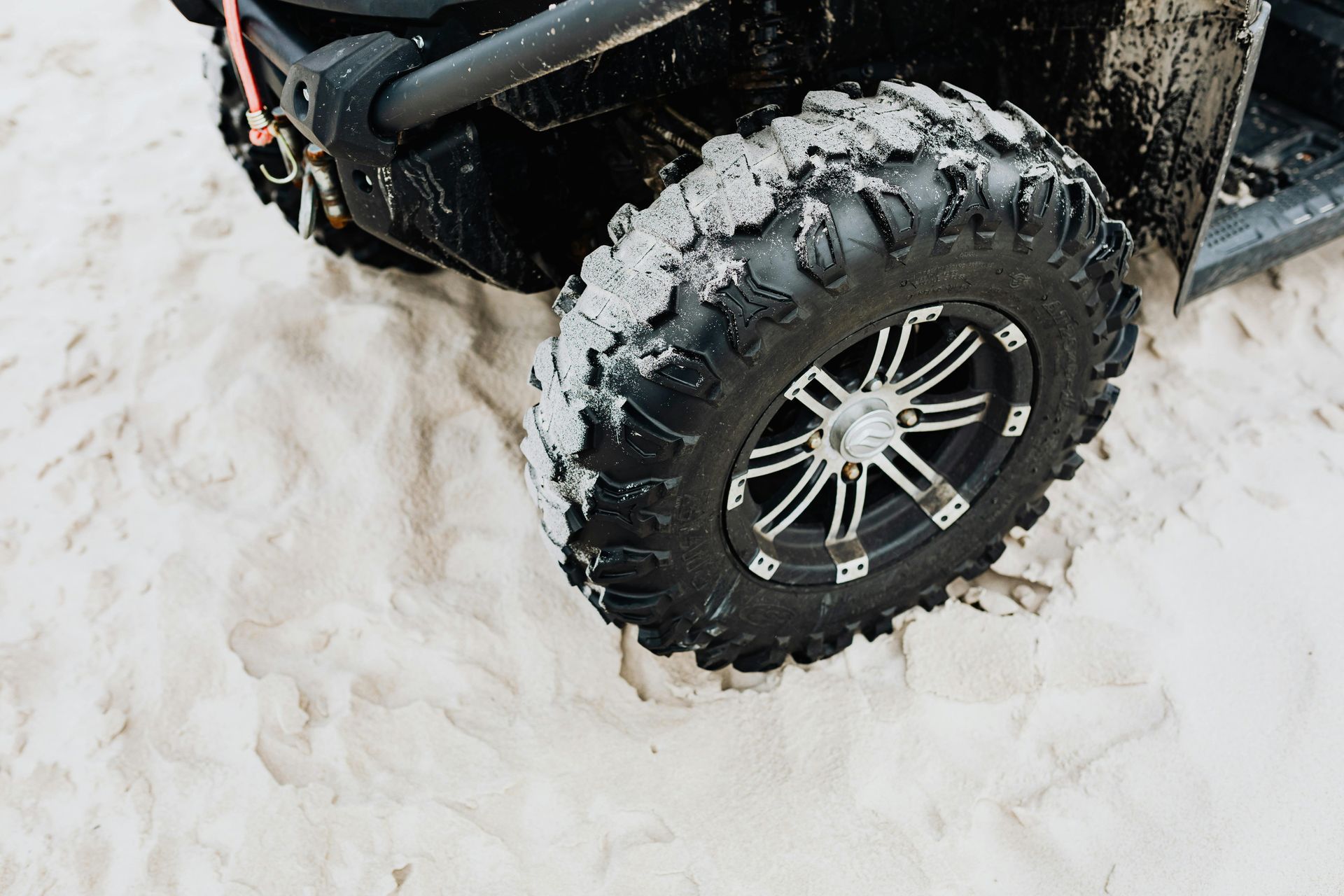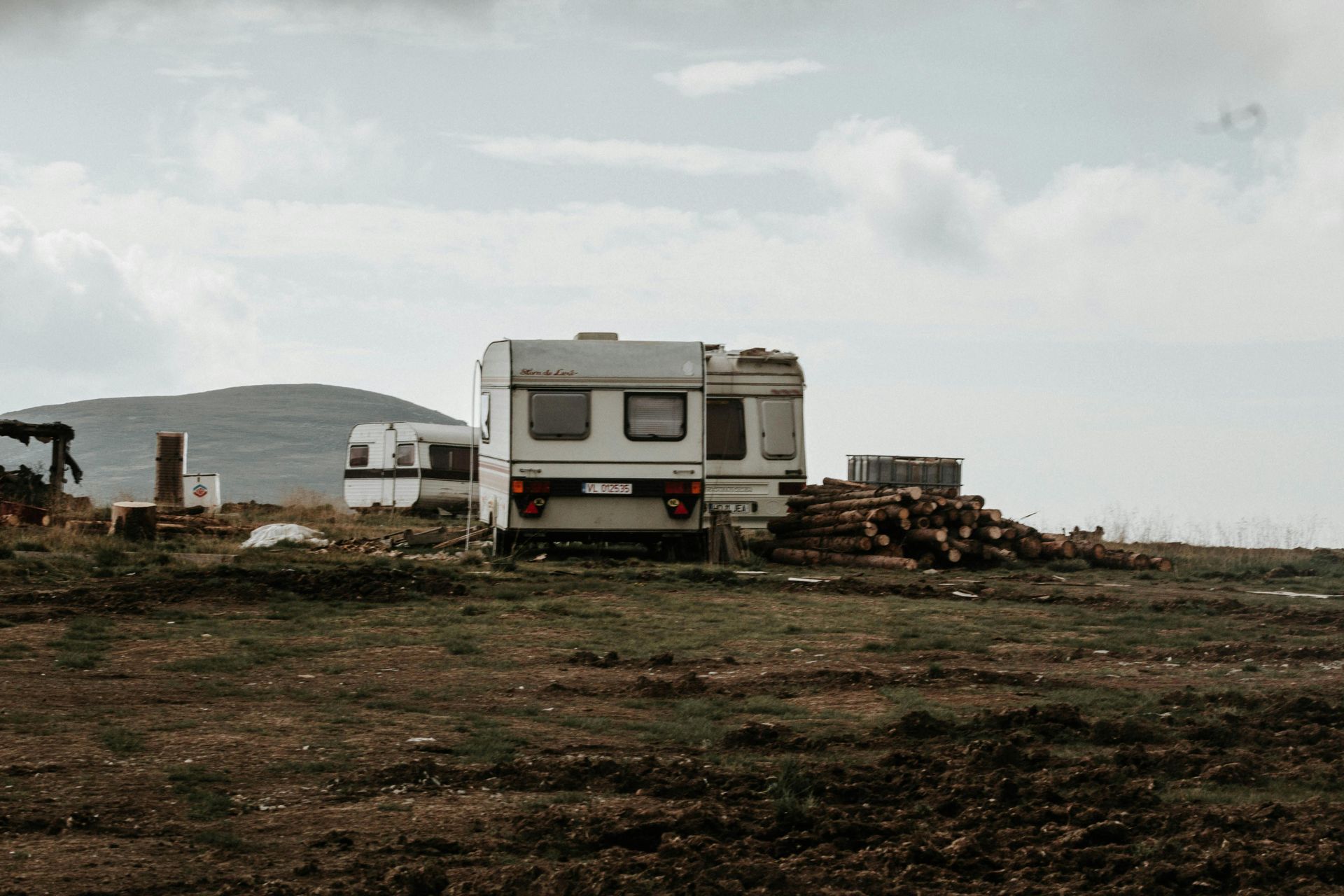Did you know that every new Tesla comes with a Roadside Assistance service? It's available 24/7 and free during the warranty period. But, getting a flat tire can still be frustrating, especially on important trips.
Tesla vehicles don't have a traditional spare tire. Instead, they have tools for tire repair or the option to call Tesla Roadside Assistance. It's important for Tesla owners to know how to use these tools and call for help.
In this article, we'll show you how to handle a flat tire on a Tesla. We'll make sure you know how to fix it quickly and safely.
Key Takeaways
- Every new Tesla includes 24/7 Roadside Assistance, free during the warranty period of four years or 50,000 miles.
- Tesla vehicles do not come with a traditional spare tire; instead, they offer tire repair tools and the option to call for roadside assistance.
- Being prepared with a tire repair kit and portable air pump can save time in an emergency. Mobile tire repair companies such as LugWrench Heroes can help in times of need.
- Tesla recommends checking tire pressure every 10,000-12,000 mile intervals.
- Most punctured Tesla tires can be patched quickly by local Tesla service professionals.
Immediate Steps to Take When You Get a Flat Tire on a Tesla
Getting a flat tire in your Tesla can be scary. But, knowing what to do first can help a lot. Here's how to stay safe:
- Assess Safety and Damage: First, pull over to a safe spot. Turn on your hazard lights to warn others.
- Avoid Further Damage: Don't drive on the flat tire. It could harm the rim and make fixing it harder.
- Contact Roadside Assistance: Use the Tesla app to call Tesla Roadside Assistance. They know how to fix Tesla flat tires.
- Utilize a Repair Kit: If you have a repair kit, it has sealant and a portable inflator. It can help you get to a service center.
- Call a Mobile TIre Repair Company: If you have a flat tire, call us at (602) 932-0818 for emergency tire repair services.
- Manual Repair Kits: For big punctures or no phone signal, a manual kit is key. It seals and inflates the tire until help arrives.
- Ensure Safety: Always put safety first, especially in remote areas. Carry safety gear like vests and triangles.
By following these steps, you can handle a flat tire well. It's crucial to act fast to stay safe and avoid more problems.
Tesla Flat Tire Solutions: Repair Kits and Assistance Options
Having a Tesla means you get to enjoy cutting-edge tech and convenience. But, even the latest cars can get flat tires. Luckily, there are special fixes for Tesla flat tires to keep you moving and safe.
One top choice is Tesla's roadside assistance for flat tires , available through the Tesla app. It offers quick help, like a spare tire, and towing to a service center if needed. This is key, especially when you're far from home.
Third-party kits are another good option for Tesla owners. These kits have tools like pliers, sealant, and air compressors. It's wise to have a 12v tire compressor and tire gauge, especially if your Tesla doesn't have a spare. This is important, as shown by a driver who drove over 120 miles before his tire went flat.
- Ensure punctures are no larger than 0.25-inch in diameter.
- Check that the object causing the puncture is at a 90-degree angle and not near the sidewall.
- Carry jack, breaker bar, and hockey pucks for easier tire removal.
While sealants are debated, plug repair kits are a solid choice. Having Tesla roadside assistance, repair kits, and third-party options means you're ready for any flat tire situation.
Conclusion
Dealing with a flat tire on a Tesla requires being ready, knowing what to do, and having the right tools. Tesla tires are special because they have sound suppression foam and don't have traditional roadside repair options. Knowing your options, like repair kits, professional help, and when to call Tesla for roadside assistance, can make things easier.
Keeping your tires in good shape is key. Check them every 10,000-12,000 miles and keep the pressure right. Knowing how to avoid road hazards and fix common problems like punctures can help your tires last longer. Even though many Tesla owners face flat tires early on, knowing how to fix them can keep your trips safe and smooth.
If you get a flat, Tesla's roadside help is just a call away at 877-798-3375. They can help with towing, fixing flat tires, and other emergencies. With warranties for new or used cars, Tesla owners can deal with tire troubles more easily. By following the right tire check schedule and knowing how to change a flat, you can enjoy driving without worries.
